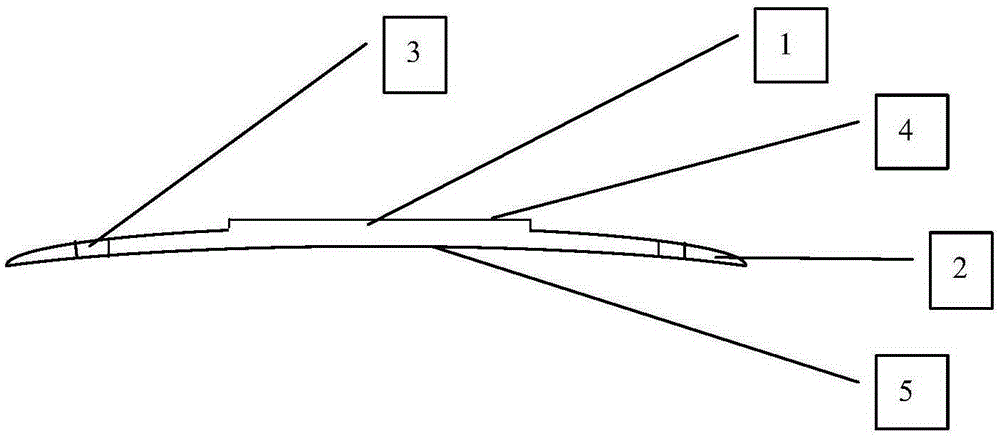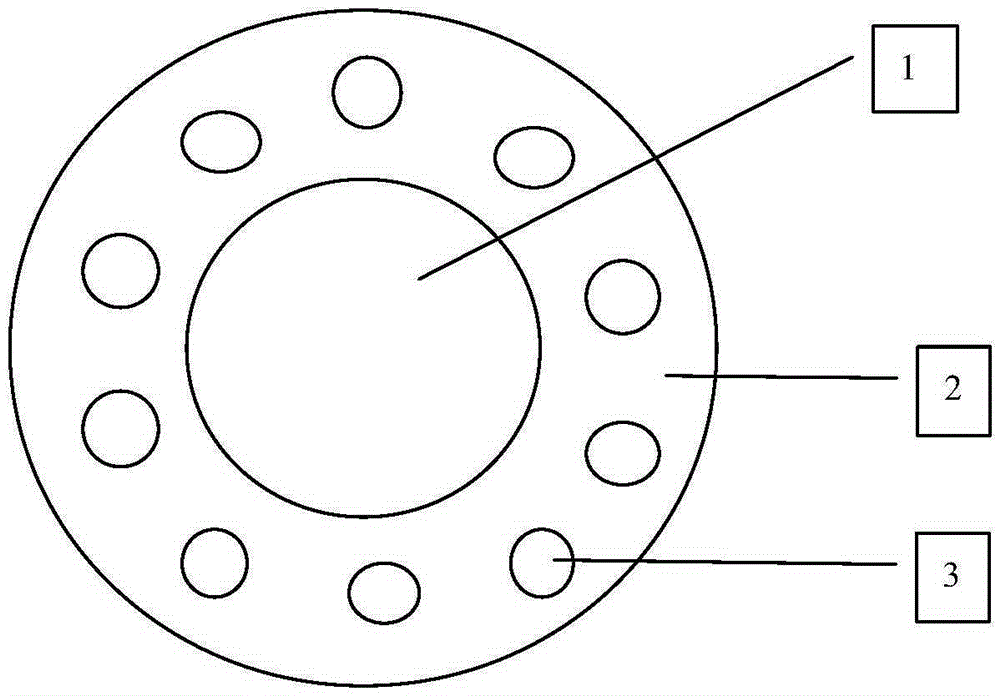A kind of artificial cornea with nano-ultra-thin biofilm differentially modifying the front and rear surfaces and its production method
An artificial cornea, front and back surface technology, applied in the medical field, can solve the problems of unsuccessful corneal transplantation, artificial corneal opacity, and high risk of complications, and achieves inhibition of the formation of the posterior membrane of the artificial cornea, inhibition of inflammatory cells and protein adhesion, and good performance. The effect of biocompatibility
- Summary
- Abstract
- Description
- Claims
- Application Information
AI Technical Summary
Problems solved by technology
Method used
Image
Examples
Embodiment Construction
[0030] The artificial cornea provided by the present invention is made of soft silicone gel or polyacrylate, which is foldable and has excellent body performance, good oxygen permeability, light transmittance, biological stability and mechanical properties, and can Improve nutrient transport and improve hydrophobicity through modification. The artificial cornea consists of an optical part 1 and a peripheral part 2, which is a membrane structure and can be punched and formed at one time. Both the optical part and the peripheral part are transparent, and the thickness of the optical part is slightly higher than that of the peripheral part. The peripheral part is provided with 10-20 fixing holes 3, which are used for fixing the artificial cornea with sutures during the operation. Since the material is a soft and foldable material, the artificial cornea can be folded in a specific injector, injected into the patient's cornea through a 3-4mm corneal incision, and then automatically...
PUM
| Property | Measurement | Unit |
|---|---|---|
| thickness | aaaaa | aaaaa |
| thickness | aaaaa | aaaaa |
| thickness | aaaaa | aaaaa |
Abstract
Description
Claims
Application Information
 Login to View More
Login to View More - R&D
- Intellectual Property
- Life Sciences
- Materials
- Tech Scout
- Unparalleled Data Quality
- Higher Quality Content
- 60% Fewer Hallucinations
Browse by: Latest US Patents, China's latest patents, Technical Efficacy Thesaurus, Application Domain, Technology Topic, Popular Technical Reports.
© 2025 PatSnap. All rights reserved.Legal|Privacy policy|Modern Slavery Act Transparency Statement|Sitemap|About US| Contact US: help@patsnap.com



